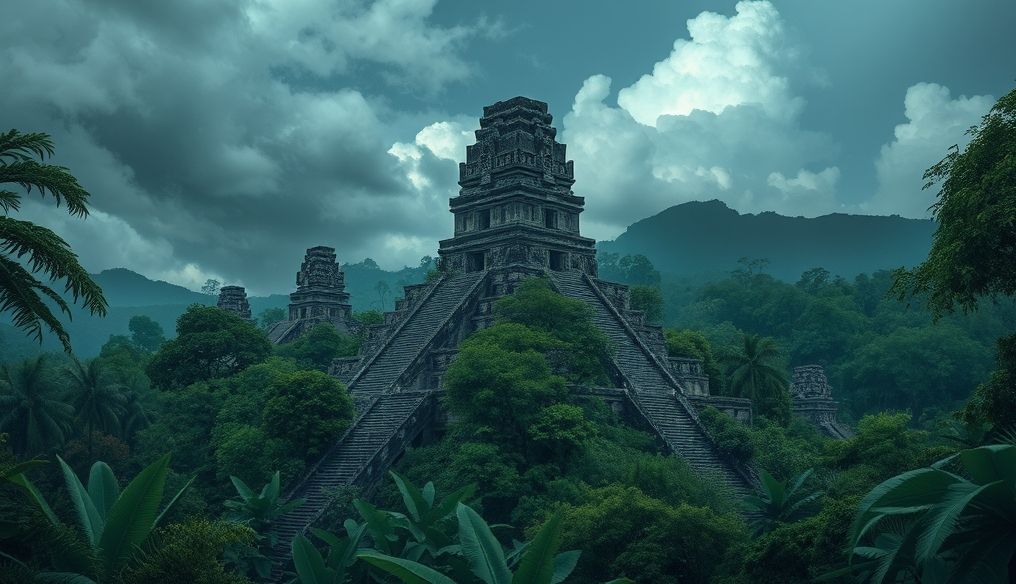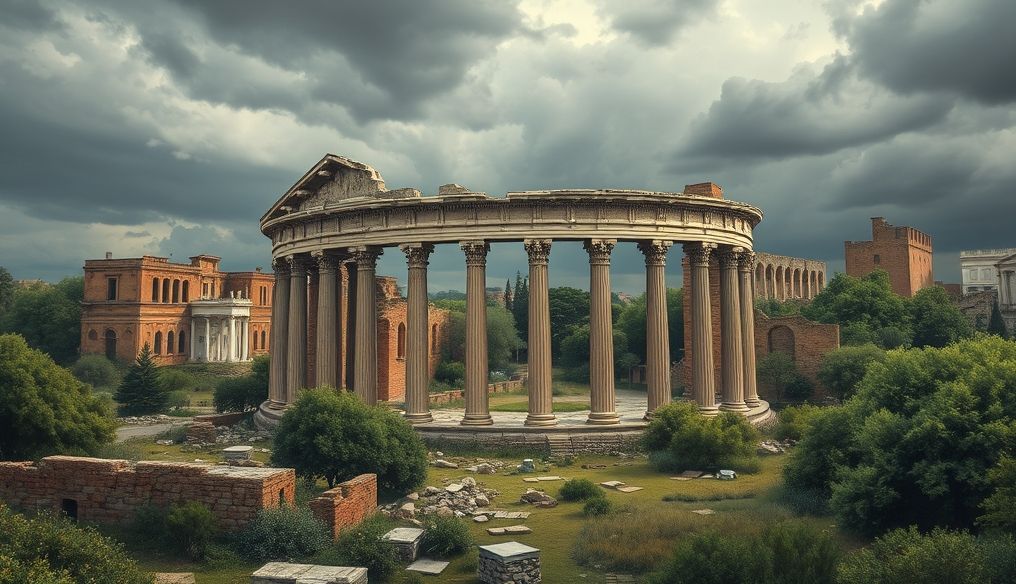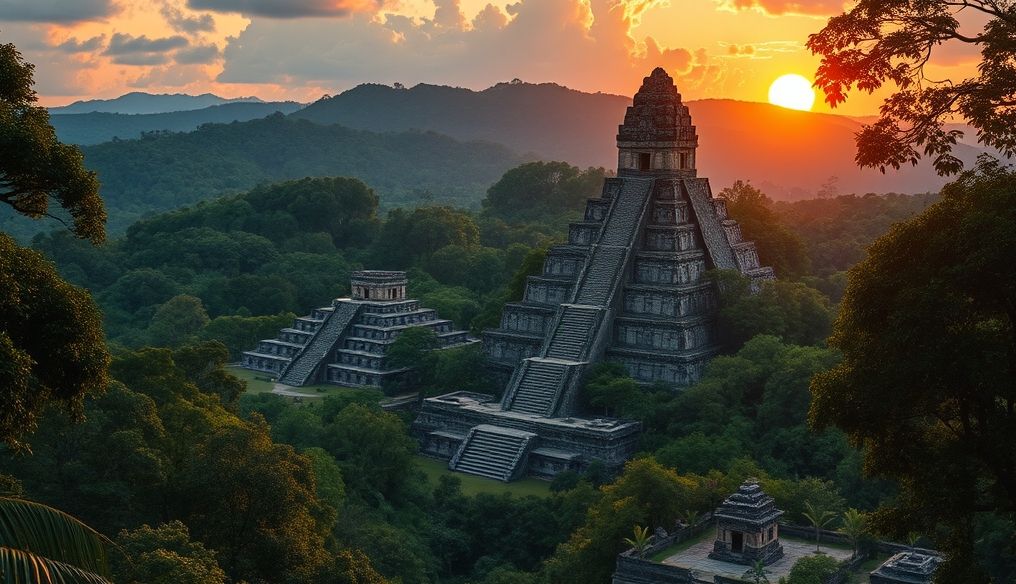Did the Maya Civilization Really Vanish Suddenly? Or Are We Misunderstanding It?
The ancient Maya civilization has long fascinated historians and scientists. While it flourished in Central America for centuries, it suddenly collapsed, leaving behind abandoned cities and unsolved mysteries. Did it really vanish suddenly? Or is the story more complex?
What Was the Maya Civilization?
The Maya civilization was an ancient civilization that flourished in the Mesoamerican region, which includes parts of Mexico, Guatemala, Honduras, El Salvador, and Belize. This civilization spanned over 3,000 years, from around 2000 BC to the 16th century AD, when the Spanish conquistadors arrived.
The Maya were known for their advancements in various fields, including:
- Writing: They developed a complex writing system based on hieroglyphic symbols.
- Mathematics: They used an advanced numerical system, including the concept of zero.
- Astronomy: They made accurate observations of the stars and planets, allowing them to create an accurate calendar.
- Architecture: They built massive cities, temples, and elaborate pyramids.
- Art: They produced exquisite works of art, including sculptures, paintings, and pottery.
The Classic Maya Collapse: When and Where Did It Happen?
The term "Classic Maya Collapse" refers to the period when the major Maya cities in the southern lowlands (such as Tikal, Palenque, and Copán) experienced a rapid decline and abandonment during the 9th and 10th centuries AD. This does not mean that the entire Maya civilization disappeared, but rather that the major urban centers in this region lost their power and importance.
Symptoms of the Classic Maya Collapse included:
- Cessation of large-scale monument construction.
- Population decline.
- Discontinuation of the use of the hieroglyphic writing system.
- Increased conflicts and wars between cities.
Theories About the Causes of the Classic Maya Collapse
There is no single agreed-upon explanation for the cause of the Classic Maya Collapse. Instead, most scholars believe that a combination of interacting factors contributed to this complex event. Some of the main theories include:
1. Climate Change and Drought
Climate evidence suggests that the region experienced prolonged periods of severe drought during the period leading up to the Classic Maya Collapse. This drought may have led to:
- Crop failures and food shortages.
- Water scarcity and deteriorating health conditions.
- Increased competition for limited resources.
Example: Studies of sediment in ancient lakes in the Maya region have shown a sharp decrease in rainfall during this period.
2. Overexploitation of Resources
As the population grew, the Maya may have overexploited their natural resources, leading to:
- Deforestation and soil erosion.
- Deterioration of water quality.
- Decreased productivity of agricultural lands.
Example: Archaeological studies suggest that the Maya cleared vast areas of forest to build cities and provide fuel.
3. Warfare and Internal Conflicts
Archaeological evidence and hieroglyphic texts indicate that warfare and conflicts between neighboring cities were common in the period leading up to the Classic Maya Collapse. These conflicts may have led to:
- Disruption of trade and the economy.
- Destruction of infrastructure.
- Increased numbers of dead and wounded.
Example: Inscriptions on monuments show images of battles and wars between different Maya cities.
4. Social and Political Factors
Internal social and political factors may have contributed to the collapse, such as:
- Increasing social and economic inequality.
- Loss of confidence in rulers and the political system.
- Spread of diseases and epidemics.
Example: Some theories suggest that the ruling class may have become corrupt and unable to meet the needs of the population.
What Happened After the Classic Maya Collapse?
The Maya did not disappear completely after the Classic Maya Collapse. Many of them migrated to other regions, such as the Yucatan Peninsula in Mexico, where their civilization continued to thrive for a time. However, the Maya cities in the southern lowlands never regained their former power.
Example: The city of Chichen Itza was founded in the Yucatan after the Classic Maya Collapse and became an important cultural and political center.
Can We Learn From the Maya Collapse?
Yes, we can definitely learn from the Maya collapse. Evidence suggests that a combination of environmental, social, and political factors contributed to this tragic event. We can apply these lessons to the challenges we face today, such as climate change, overexploitation of resources, and social and political conflicts.
Tip: By understanding the causes of the Maya collapse, we can take steps to avoid repeating these mistakes in the future.
Conclusion: A Complex Story, Not Just a Disappearance
The story of the Maya civilization is not a story of sudden disappearance, but a complex story of rise, fall, and adaptation. Although the Maya cities in the southern lowlands collapsed, the Maya civilization continued to thrive in other regions. By studying this ancient civilization, we can learn a lot about ourselves and the challenges we face today.
Sources:
- Diamond, Jared. Collapse: How Societies Choose to Fail or Succeed. Viking, 2005.
- Sharer, Robert J., and Loa P. Traxler. The Ancient Maya. 6th ed. Stanford University Press, 2006.




